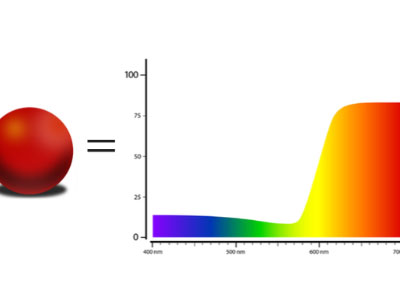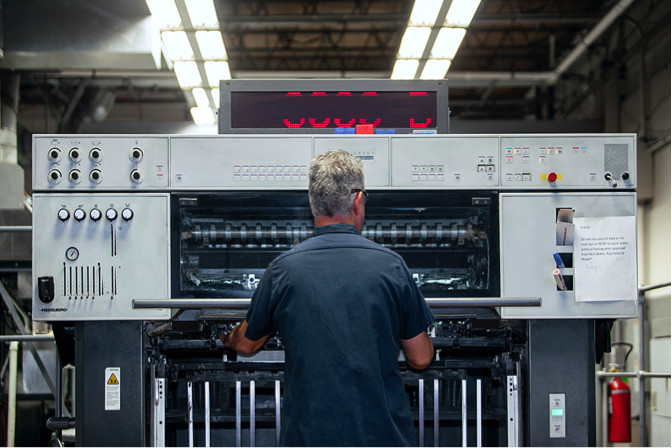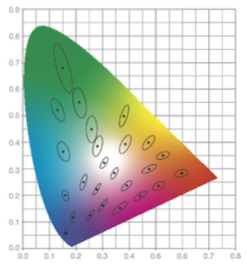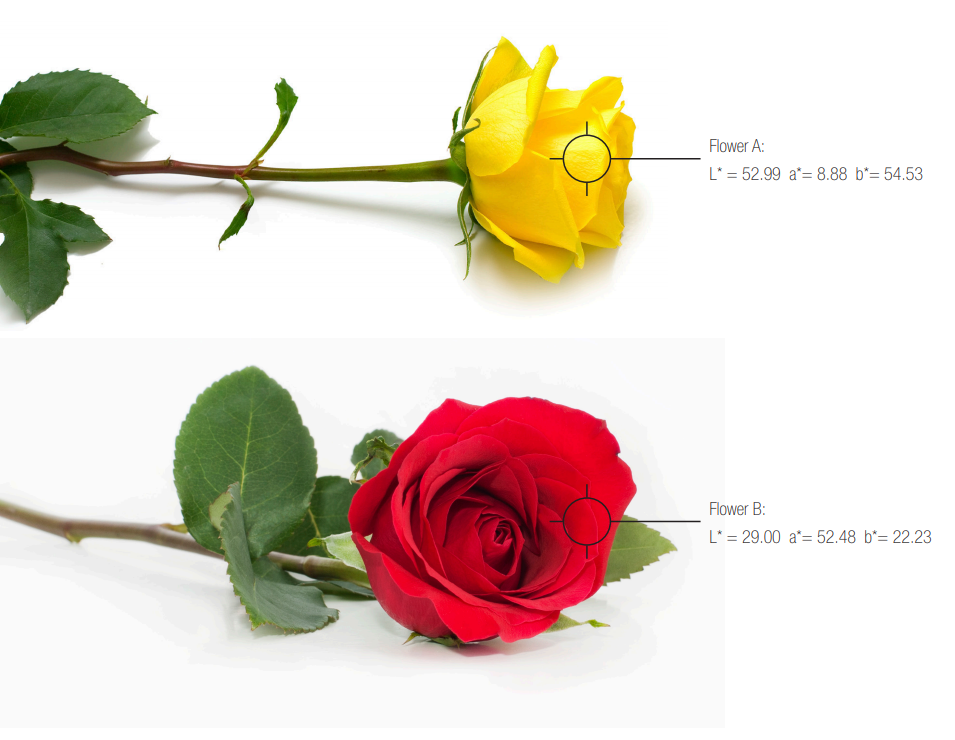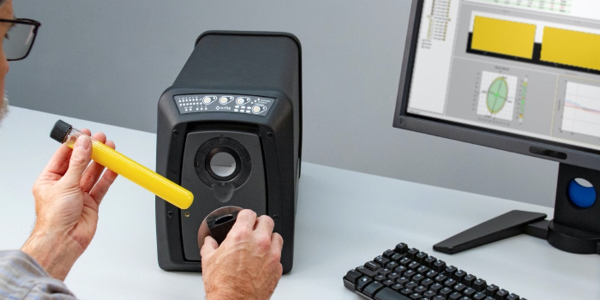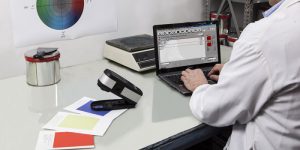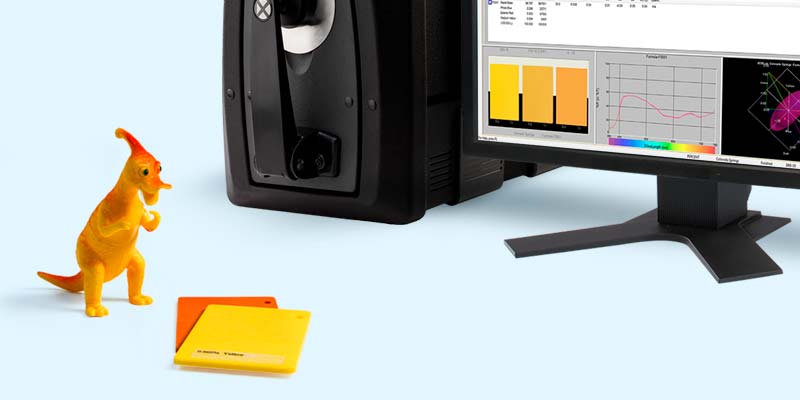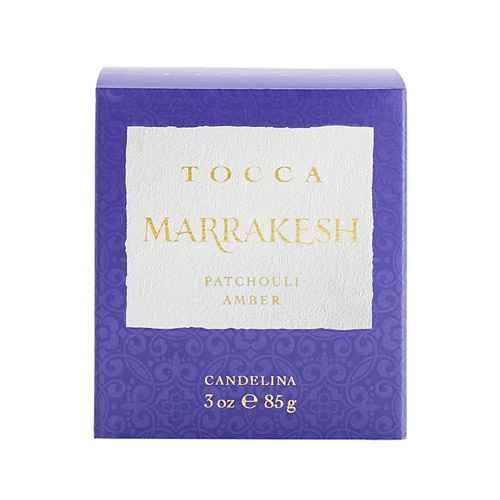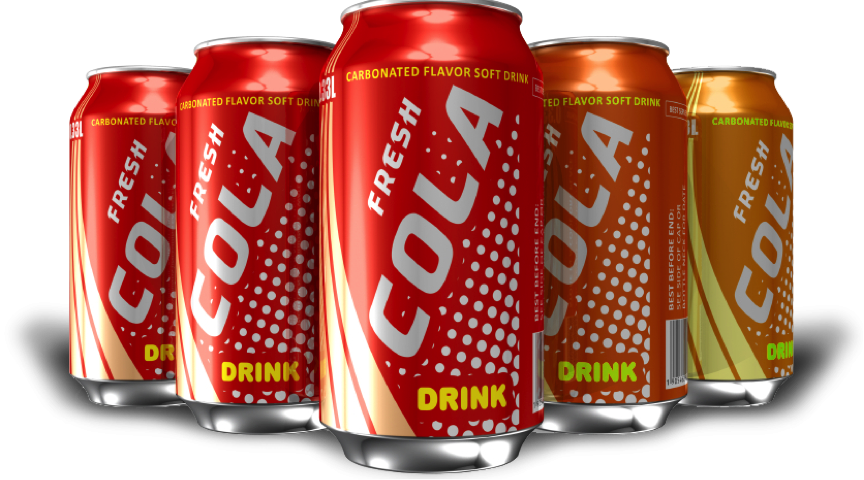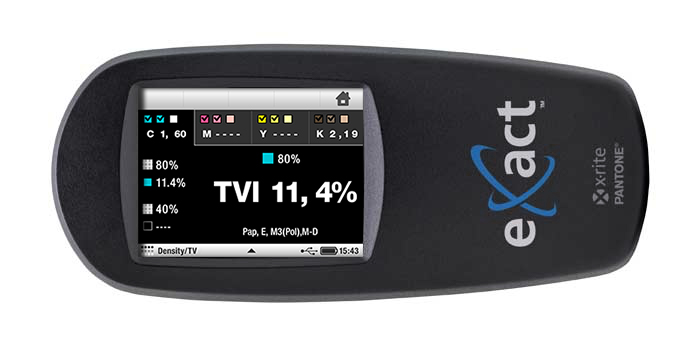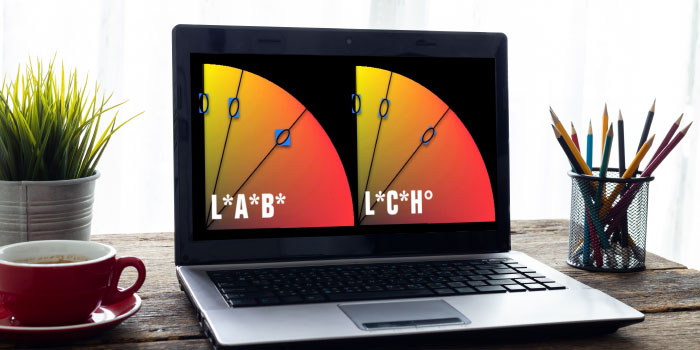Embracing Eco-Friendly Solutions for a Brighter Tomorrow In today's rapidly evolving world, sustainability has become a critical focus for manufacturers across various industries. As consumers become more environmentally conscious, the demand for sustainable practices in manufacturing has surged. This shift towards sustainability not only benefits the planet but also enhances business operations, leading to long-term success and resilience. One area where sustainability is making signific...
5 Things That Could Go Wrong Without an Automotive Spectrophotometer An automotive spectrophotometer is a critical tool in the automotive industry, especially when it comes to automotive color control. These advanced devices ensure that paint colors are precisely matched, consistently applied, and meet the required standards for automotive finishes. Without an automotive spectrophotometer, several issues can arise that impact the quality, efficiency, and overall satisfaction of vehicle paint jo...
Like you, digitization and sustainability are top of mind. However, colour is often overlooked when it comes to textile product development. Digitizing the textile supply chain and applying colour management at each stage will ultimately pay for itself through more accurate colour, faster production, and less waste. With over 60 years of innovation and proven expertise in colour management and colour measurement, X-Rite has solutions to support everyone in the textile industry, including appare...
This time of year, the internet is full of Top 10 Countdowns. It’s a tradition we’ve embraced since 1940 when the Billboard published its first chart ranking the top selling recorded songs. Since then, others have jumped on the bandwagon to highlight the most popular trends of the previous year. We’ve been publishing our top-read blogs since 2016, and we’re happy to see some educational topics like color perception, tolerancing, and spectrophotometers continue to r...
Color plays a major role in our food choices. Many foods like Swiss cheese, strawberries, broccoli, and mashed potatoes always look the same. We know what to expect when we take our first bite. But what if your mashed potatoes were green? Would they taste different? Would you even try them? Why Color Analysis is Important for the Food Industry There has been a lot of research about the role color plays in how we perceive and even taste food. These studies show that our judgment of f...
Whether you’re choosing colors for a brand, creating palettes for a new product line, or designing seasonal packaging, inspiration is a key step in color selection. Inspiration can come from normal, everyday places, for example: A party. The grocery store. Sporting events. And of course, the great outdoors. Mother Nature has a knack for creating the most beautiful color palettes. “Colors for Autumn/Winter 2022/2023 contrast our competing desires for calm and comfort with energy boost...
Why Calibrate Your Spectrophotometer? For the most part, today’s color measurement instruments are 100% digital. In fact, there are very few analog components inside, except for the light bulbs. Although they’re more stable than their analog predecessors, their tolerances are much narrower, and they need regular spectrophotometer calibration to stay within these tight specs. Bulb Stability As you use your instrument and the bulb turns on and off, it starts to change its character. S...
You say color is important, but do you know why it’s so important? In reality, color is a critical element in the manufacturing process. Unfortunately, many manufacturers are realizing that getting color right is much harder than it used to be, and the brands they support are asking them to meet tighter tolerances. Here’s why. While advances in color technology – think metallic packaging, pearlescent finishes, custom fabrics and vibrant new colors – entice customers, the...
When customers are just getting started with color management, they often ask, "What is the difference between a spectrometer and a spectrophotometer?". With such a minute spelling difference, it's easy to make a quick typo and get the wrong answer for this color question. So...what's the difference? Spectrometers vs. Spectrophotometers What is a Spectrophotometer? A spectrophotometer is a color measurement device that is used to capture and evaluate color on just about anything, in...
Benchtop spectrophotometers measure in transmission and/or reflectance mode to capture and quantify color on opaque, transparent, and translucent samples. Reflectance spectrophotometers measure color by flashing light onto the surface of the sample and measuring the percentage of spectral reflectance of different wavelengths at 10 nanometer increments. This blog explains how a spectral reflectance measurement works so you can determine if it will meet your color measurement and quality control ...
Quality control is an important aspect of any color workflow. While many of our customers use a handheld spectrophotometer for QC, there are times a benchtop spectrophotometer is a more appropriate choice. Today we’ll explore some of the reasons you might want to choose a benchtop for quality control and offer tips to ensure your QC workflow is the best it can be. Top 5 Reasons to Choose a Benchtop Spectrophotometer for Quality Control 1 - Your Color Tolerances are Tight While our handhel...
When choosing a beverage product from the store shelf, consumers not only demand superb taste, but also consistency in the way the beverage looks to the human eye. Color and transparency are essential markers for quality - any imperfection can indicate contamination, impurities in the raw materials, or process variations caused by heating and oxidation. However, drinks like fruit and vegetable juice, beer, and blended cocktails are difficult for manufacturers to control during production. Natura...
.upcoming-webinar-block { width: 100%; display: table; margin-bottom: 20px; } .upcoming-webinar-left { width: 120px; padding-right: 20px; display: table-cell; } .upcoming-webinar-left img { margin-top: 10px; } .upcoming-webinar-right { vertical-align: top; display: table-cell; } Color measurement devices have been around since the 1940s, but they’ve come a long way since then. Built by Jules Duboscq in France in 1870, t...
In a perfect world, you should be able to put ink in the press and simply run a job. Unfortunately, every year flexo and gravure printing operations waste ink, substrate and press time trying to get color right. Although advancements in technology have made it easier to achieve color accuracy, the variables that affect color still exist. In this three-part series, we're sharing over two dozen reasons your color might be wrong on press. If you missed the first article - Instrumentation - check i...
In a perfect world, you should be able to put ink in the press, run a job, and achieve color consistency. Unfortunately, every year flexographic and gravure printing operations waste ink, substrate, and press time trying to get color right. Although advancements in technology have made it easier to achieve color accuracy, the variables that affect color still exist. In this three part series we’ll share over two dozen reasons your color might be wrong at press side. Today’s topic lo...
Color measurement is used to specify, quantify, communicate, formulate, and verify color quality for color critical work. Because everyone perceives color differently, color measurement is more precise than visual evaluation. How to Measure Color Wavelength To measure color, a color measurement device called a spectrophotometer shines light onto a sample and captures the amount of light that is transmitted or reflected in the 380 nm to 780 nm wavelength range, which is the wavelength rang...
People often ask how X-Rite got its name and how we came to be a leader in the art and science of color. It’s really a great story – one that focuses on innovation, entrepreneurship and determination. What’s in a name? X-Rite was founded in 1957 by a group of engineers and business entrepreneurs who had a desire to start a business based on innovation. The members brainstormed new product ideas ranging from can openers to sheet metal tools to collapsible car cots. After buildin...
Surface appearance can change your perception of color. Think of a glossy magazine. If the light is shining directly on the page, you may need to tilt the magazine and change the reflection angle to clearly see the colors. Likewise, a textured surface may appear to be a different color than a smooth surface of the same object. Since spectrophotometers determine a color’s spectral values by shining light onto the surface and measuring the reflectance, choosing the right instrument an...
Each year we enjoy looking back to see which blogs captured the most attention. Some make the top 10 list ever year, while others are a surprise. Here's what our readers found most interesting in 2020. Top 10 Blogs of 2020 #1 L*a*b* Color Values Like geographic coordinates – longitude, latitude, and altitude – L*a*b* color values give us a way to locate and communicate colors. Learn the history and uses of this popular color space. #2 &nbs...
Black Friday. Not only is it the much anticipated start to holiday shopping, it’s also a day manufacturers have been preparing for all year long. Whether mass-producing holiday cards, candy canes, plastic toys, or festive clothing, accurate color is a must. Manufacturers can’t ship two of the same toy if they won’t match on the showroom floor, and holiday sweaters that are a shade off will end up at a discount store instead of a fashion boutique. Perfection is especially import...
The color of liquid is one of the most difficult things to control during production. But it’s important. Would you choose a bottle of juice or cleaner that is lighter in color than the other bottles on the shelf? What about cough syrup? Liquid is hard to measure because it can range in transparency from translucent to opaque. It’s also hard to hold, and the measurement device can’t touch it or the optics and the sample will both be contaminated. Today&rsq...
As brand owners compete to make packaging stand out, commercial and flexible packaging converters and label printers are charged with achieving accurate color – on unique substrates – with shorter print runs. Many spend a lot of time mixing ink, then end up throwing it away when the color isn’t right. Others mix ink, store it, and spend way too much time trying to reuse it for future print runs. If you’re stuck in this cycle, you’re essentially paying for ink...
Whether you’re producing textiles, automotive parts, or plastic pieces, color needs to remain consistent or the final product will be rejected. Unfortunately, there are many ways for color errors to creep in during manufacturing. Creating and using accurate digital color standards is one way to combat these errors. Digital color standards can be used in software to specify and communicate color, formulate colorants and raw materials, and control color quality. They give brand owners peac...
Whether you work with plastics, coatings or textiles, you must consistently achieve in-tolerance color or your product could be rejected before it even makes it to the shelf or showroom. This is especially true for brands that rely on off-site suppliers and manufacturers for raw materials and parts that come together at assembly, such as the plastic dashboard, fabric seats, and coated interior panels of a car. Even if each site produces in-tolerance color, it must be monitored an...
In a highly competitive marketplace, brands and packaging designers are looking for ways to differentiate their products on the shelf. This increasingly goes beyond color to include embellishment options such as foils, special varnishes, soft touch finishes, and more. Designers are also using more intense solid colors, fluorescents and iridescents, and not just with conventional print. Digital solutions allow more variation in packaging and the ability to address shorter runs and faster cycle ti...
Reflective surfaces and metallic inks are very popular for printing and packaging applications. Consumers love the look; but for printers, these substrates and inks are expensive and make color control a challenge. Today we’re taking a look at the measurement options available for controlling these very marketable print and packaging applications to help printers and converters meet brand owner expectations and maintain the highest possible quality output. Sphere vs. 45°:0° - ...
There are different levels of process control that are used for print. While visual comparisons can be used to provide a rudimentary judgment of a match, they can be very subjective, and thus not very accurate, or repeatable. Using a densitometer can provide quantitative actionable feedback for the press operator. This can include measurements of solid ink density, tone value increase (also known as dot gain), Ink Trap, and other print characteristics. These are known as mechanical print c...
Spectrophotometers (“spectros” for short) are color measurement devices used to capture and evaluate color. As part of a color control program, brand owners and designers use them to specify and communicate color, and manufacturers use them to monitor color accuracy throughout production. Spectrophotometers can measure just about anything, including liquids, plastics, paper, metal and fabrics, and help ensure that color remains consistent from conception to delivery. &nb...
Color has always been a critical factor for our customers. Due to the COVID-19 pandemic, many are now trying to design, specify, communicate and ultimately achieve accurate color from remote locations or with less staff and fewer resources. Are you having trouble maintaining your color program in this unprecedented time? We've compiled our most popular resources – blogs, videos, whitepapers, webinars, and case studies – to help you connect with your supply chain and ...
As with everything we touch, our color measurement instruments are prone to contamination from germs and viruses. Our Hardware Team consulted CDC advice and put together steps to disinfect your benchtop and handheld devices. Disinfection Warnings Do not immerse your device in liquid or apply any type of liquid directly on the instrument. Refrain from spraying disinfecting product directly onto the instrument surface, including foam disinfectants. Do not use product...




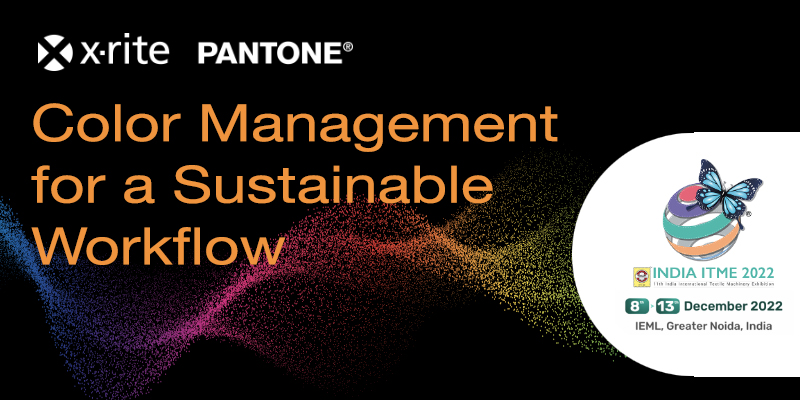
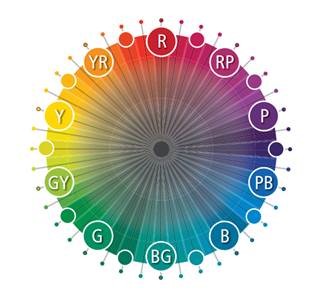

.jpg?h=285&la=en&w=400&hash=CF098B5757EE43CE3966F416E1D31AE6A67A8104)

.jpeg?h=285&la=en&w=400&hash=6F4520F30E11DA92838E11C8E55C4BFB32664563)




